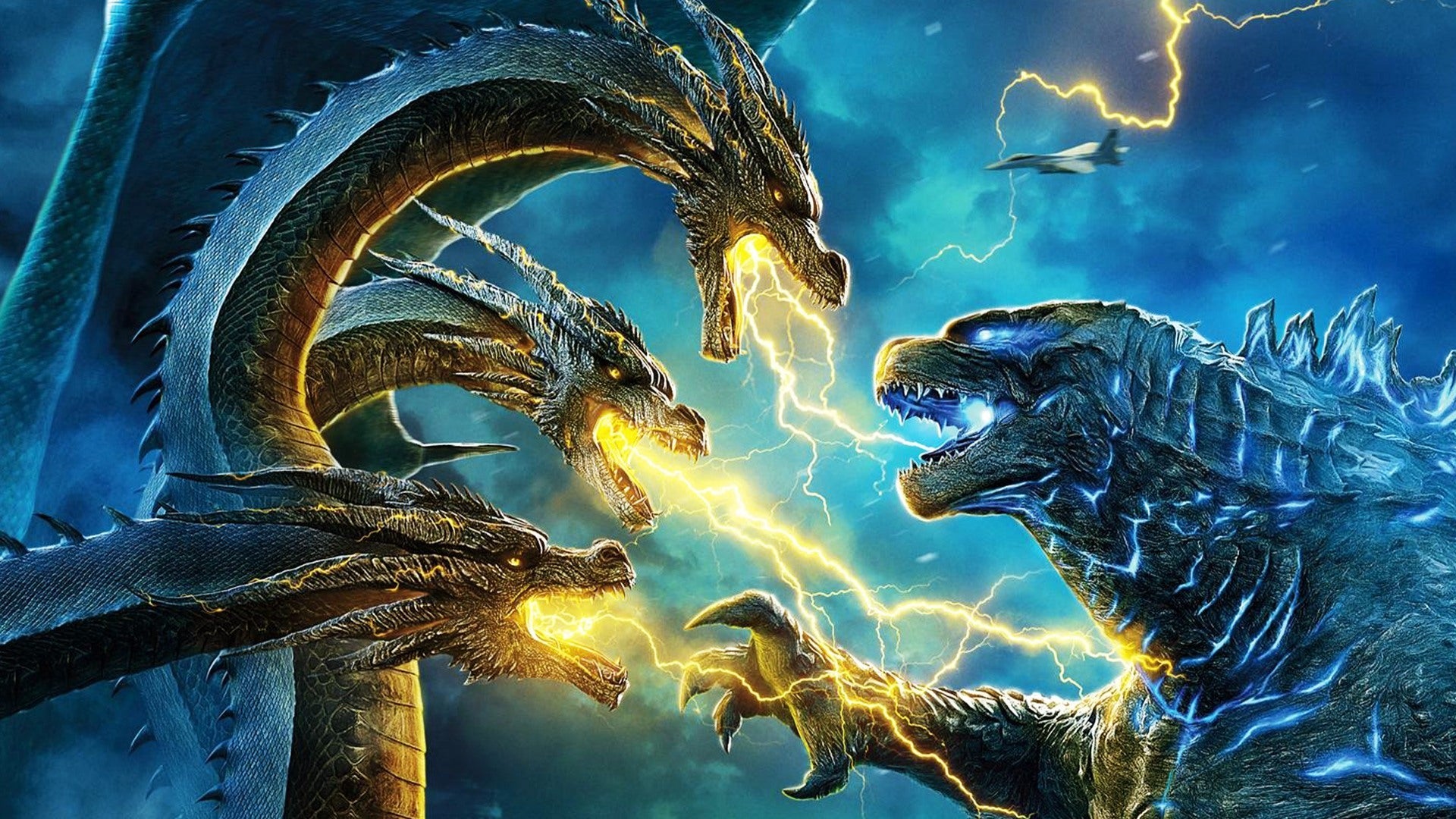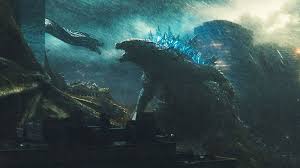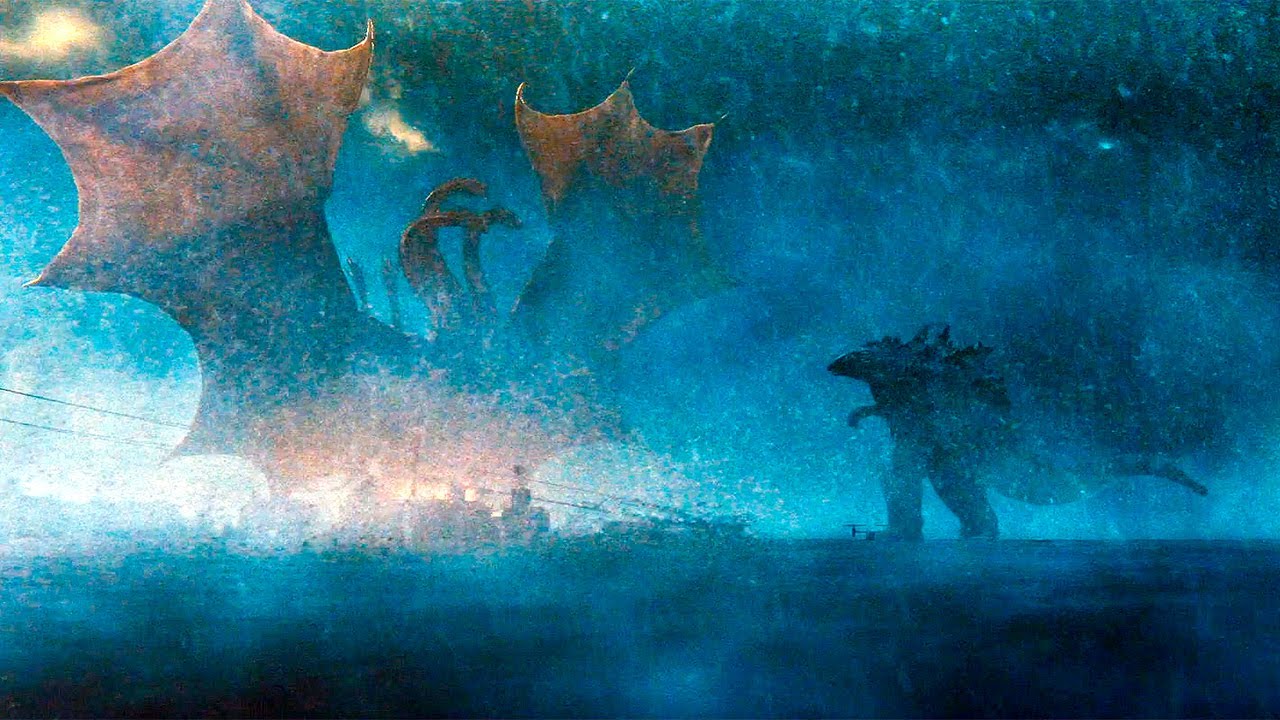Godzilla: King of the Monsters (2019)

A Monster-Sized Spectacle: A Review of Godzilla: King of the Monsters (2019)
Godzilla: King of the Monsters (2019), directed by Michael Dougherty, brings legendary kaiju battles to the forefront in a visually stunning and action-packed sequel to Godzilla (2014). With a focus on expanding the MonsterVerse and showcasing iconic creatures, the film delivers jaw-dropping spectacles while grappling with themes of coexistence and environmental balance. Starring Kyle Chandler, Vera Farmiga, Millie Bobby Brown, and a host of cinematic titans, King of the Monsters is a grand homage to Godzilla’s storied legacy.
Plot Overview
Set five years after the events of Godzilla (2014), the world is grappling with the existence of Titans, ancient creatures of immense power. Monarch, a secretive organization studying the Titans, becomes central to the unfolding chaos when Dr. Emma Russell (Vera Farmiga) uses the Orca, a device to communicate with Titans, to awaken several creatures. Her plan to restore natural balance spirals out of control when King Ghidorah, a three-headed alien Titan, emerges as an apex predator intent on domination.
Godzilla rises to challenge Ghidorah, with humanity caught in the crossfire. The story follows Emma’s estranged husband, Mark Russell (Kyle Chandler), and their daughter, Madison (Millie Bobby Brown), as they navigate this apocalyptic conflict. Alongside Monarch scientists Dr. Serizawa (Ken Watanabe) and Dr. Chen (Zhang Ziyi), they witness the epic clashes between Godzilla, Ghidorah, Mothra, and Rodan, culminating in a battle for Earth’s survival.
A Celebration of Kaiju Lore
King of the Monsters pays tribute to Godzilla’s rich history by introducing some of Toho’s most iconic creatures. Mothra, Rodan, and King Ghidorah are brought to life with stunning designs that honor their classic appearances while incorporating modern visual effects. The film’s depiction of these Titans captures their majesty and power, making every scene featuring them a visual feast.
The clash between Godzilla and King Ghidorah serves as the film’s centerpiece, showcasing awe-inspiring destruction and creative battle choreography. Each Titan’s unique abilities—from Ghidorah’s gravity beams to Mothra’s radiant beauty—are highlighted, ensuring that fans of the franchise are treated to a true monster showdown.
Visual Effects and Cinematography
The film’s visual effects are a triumph, creating a sense of scale and grandeur befitting the Titans. Director Michael Dougherty and cinematographer Lawrence Sher employ dynamic camera angles and vibrant lighting to enhance the drama of the battles. The use of color, particularly during Godzilla’s atomic-powered sequences, is striking, adding a mythic quality to the action.
Despite the impressive visuals, some scenes are hindered by the sheer scale of destruction, making it difficult to follow the action clearly. However, the overall presentation captures the awe-inspiring nature of the Titans and their catastrophic power.
Human Characters and Emotional Core
While the Titans are the stars of the show, the human characters provide a narrative framework. Kyle Chandler’s Mark Russell serves as a relatable anchor, portraying a father torn between personal loss and the greater good. Millie Bobby Brown’s Madison brings youthful determination to the story, while Vera Farmiga’s Emma offers a morally complex perspective on humanity’s role in the planet’s imbalance.
Ken Watanabe’s Dr. Serizawa delivers one of the film’s most poignant moments, highlighting the emotional depth that Godzilla represents as both a savior and a force of nature. However, some supporting characters feel underdeveloped, and the dialogue occasionally leans into exposition-heavy territory.
Themes of Balance and Coexistence
At its heart, King of the Monsters explores humanity’s relationship with nature and the consequences of environmental disruption. The Titans are portrayed as both destroyers and protectors, embodying the balance needed to restore harmony to a destabilized world. This theme resonates throughout the film, adding a layer of depth to the spectacle.
The film’s commentary on humanity’s hubris and the need to respect nature’s power is timely, though it occasionally takes a backseat to the action. By positioning Godzilla as a symbol of balance, the film reinforces its central message while delivering on its promise of epic battles.
Criticism and Limitations
While King of the Monsters excels in its depiction of kaiju battles, it struggles with pacing and character development. The human subplot, while necessary, sometimes feels secondary to the monster action, resulting in uneven storytelling. Additionally, the sheer number of Titans introduced may overwhelm viewers unfamiliar with the franchise’s lore.
Conclusion and Legacy
Godzilla: King of the Monsters (2019) is a love letter to kaiju fans, delivering epic battles, stunning visuals, and a celebration of Godzilla’s legacy. While it stumbles in its human-focused narrative, the film’s spectacle and respect for its source material make it a thrilling addition to the MonsterVerse.
For fans of the genre, King of the Monsters is a must-watch that captures the awe and majesty of Godzilla and his fellow Titans. With its blend of action, mythology, and environmental themes, the film solidifies Godzilla’s status as a cinematic icon and sets the stage for future battles in the MonsterVerse.